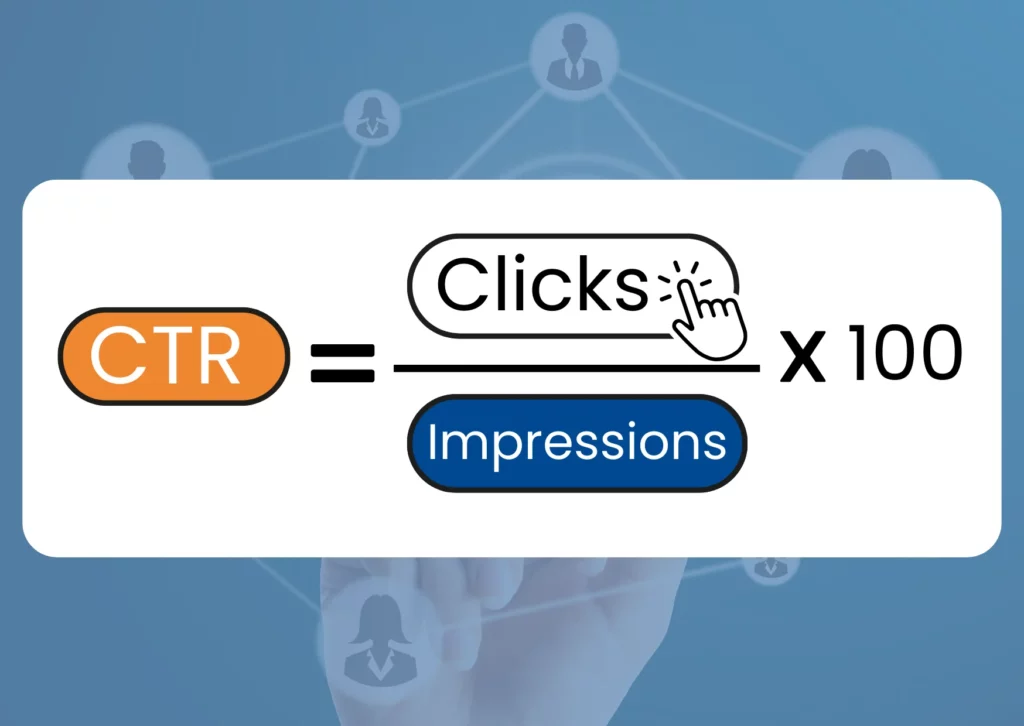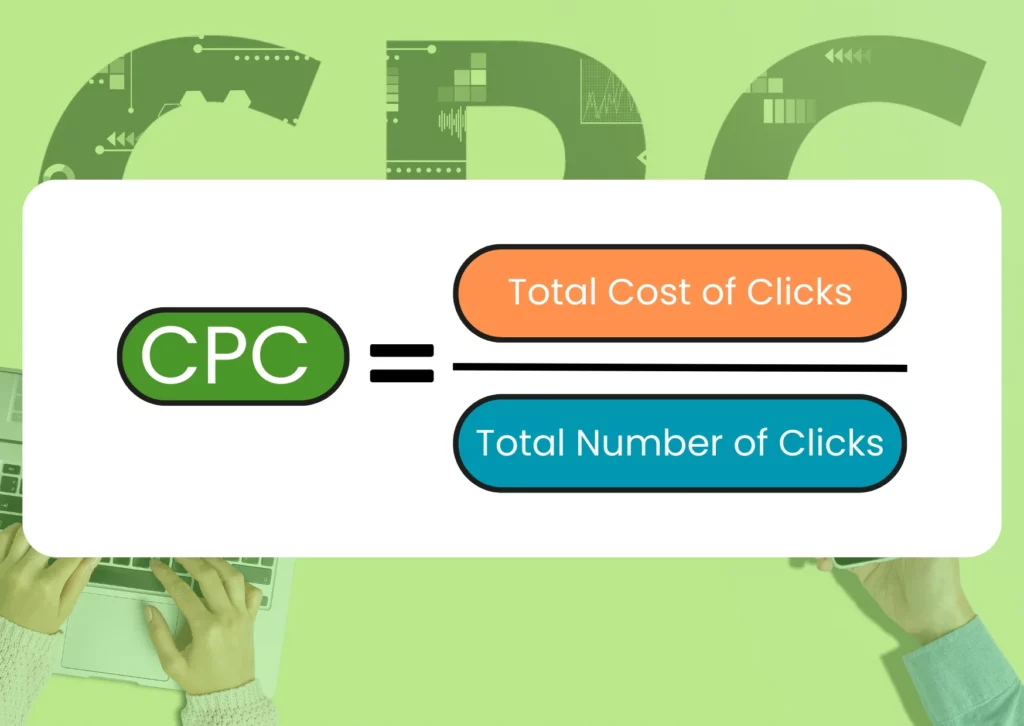
Lost in Google Ads data? Fear not! Our guide deciphers essential metrics for effective campaign management.
Welcome to Google Ads, where digital landscapes meet marketing strategies. Understanding key metrics is like wielding a compass in uncharted territories. Let’s unravel their significance together.
Google Ads are virtual billboards on the internet highways, reaching potential customers when they’re searching for products like yours. Metrics are your guiding stars in this vast digital ocean.
Additionally, there are numerous tools available to streamline your Google Ads experience and maximize effectiveness.
Table of contents
Why Knowing Key Metrics is Essential for Success
Knowing the key metrics in Google Ads is not merely advantageous, it’s also essential for survival. These metrics provide advertisers with the means to measure the effectiveness of their campaigns, allocate budgets judiciously, and optimize strategies for maximum impact. In a dynamic environment where every click counts, ignorance of these metrics can spell disaster for advertising endeavors.
Setting the Stage: Google Ads Overview
Before delving into the intricacies of metrics, let’s first acquaint ourselves with the Google Ads platform. At its core, Google Ads is a powerful advertising platform by Google, allowing businesses to showcase their ads on Google’s search engine results pages. It operates on a pay-per-click model where advertisers bid on relevant keywords, and their ads are displayed when users search for those keywords. Advertisers pay when their ad is clicked, and the auction-based system ensures fair competition for ad space.
The Foundation: Understanding Key Metrics
At the heart of Google Ads lie a myriad of metrics, each serving a distinct purpose in evaluating campaign performance. Let’s explore some of the fundamental metrics that advertisers need to grasp in order to navigate the complex landscape of online advertising effectively.
Click-Through Rate (CTR): The Gateway Metric

Click-Through Rate is calculated by dividing the number of clicks your ad receives by the number of times it’s shown. For instance, if your ad received 7 clicks out of 100 impressions, your CTR would be 7%.
- The click-through rate (CTR) is perhaps the most fundamental metric in Google Ads, serving as the barometer of ad effectiveness.
- It measures the percentage of users who click on an ad after viewing it, offering valuable insights into ad relevance and appeal.
- A high CTR indicates that an ad is resonating with its target audience.
- A low CTR may signal the need for ad optimization.
A good CTR depends on several factors specific to your ad campaigns, the average CTR for search and display ads is 1.9%. For search ads specifically, the average CTR is 3.17% and for display ads, the average CTR is 0.46%.
Cost Per Click (CPC): Maximizing Ad Spend Efficiency

The Cost Per Click (CPC) is determined by dividing the total cost of clicks by the total number of clicks.
- Cost per click (CPC) is the amount an advertiser pays each time a user clicks on their ad.
- Advertisers monitor CPC to assess the cost-effectiveness of their campaigns and adjust bidding strategies accordingly.
- The goal is to lower CPC without compromising ad quality to maximize ad spend efficiency.
- Maximizing ad spend efficiency is crucial for achieving a higher return on investment (ROI) from advertising efforts.
A good cost-per-click is determined by your target ROI. For most businesses, a 20% cost-per-acquisition, or 5:1 ratio of revenue to ad cost, would be acceptable.
Conversion Rate: Measure of Campaign Effectiveness

To find the Conversion Rate, divide the total conversions by the audience size. For example, in a campaign with 10,000 visitors, 800 clicked on the ad. Dividing 800 by 10,000 yields 0.08, indicating a 8% conversion rate.
- The conversion rate measures the percentage of users who take a desired action after clicking on an ad, such as making a purchase or filling out a form.
- Conversion rate serves as a key indicator of campaign effectiveness, reflecting the quality of traffic driven by ads.
- By analyzing conversion rates, advertisers gain insights into how well their ads are performing in terms of generating meaningful actions from users.
- Optimizing campaigns to improve conversion rates can significantly enhance marketing efforts and drive tangible results.
- Advertisers prioritize increasing conversion rates to maximize the return on investment (ROI) from their advertising campaigns.
- These metrics focus on specific types of conversions such as sales, purchases, and lead generation to evaluate the performance of Google Ads campaigns.
Going Beyond the Basics: Advanced Metrics
While the foundational metrics provide essential insights into campaign performance, advanced metrics offer a deeper understanding of ad effectiveness and audience engagement. Let’s explore some of these advanced metrics and their significance in the realm of Google Ads.
Quality Score: Enhancing Ad Relevance and Performance
- Quality score is a metric used by Google to measure the relevance and quality of ads, keywords, and landing pages.
- Quality score plays a pivotal role in determining ad rank and cost per click (CPC), with higher quality scores leading to lower costs and improved ad placement.
- Advertisers prioritize optimizing quality score to enhance ad performance and achieve better ROI.
- Google evaluates various factors including ad relevance, expected click-through rate (CTR), and landing page experience to determine quality score.
- By optimizing ad components such as ad copy, keywords, and landing pages to improve quality score, advertisers can drive better ad performance and maximize ROI.
Impression Share: Insights into Ad Visibility
- Impression share measures the percentage of ad impressions that your ads receive compared to the total number of impressions they were eligible to receive.
- It provides insights into ad visibility and competitiveness in the advertising landscape.
- Advertisers can use impression share data to identify opportunities for increasing exposure and maximizing reach.
- Increasing impression share can amplify brand awareness and drive more traffic to advertiser websites.
- Monitoring impression share allows advertisers to gauge their competitiveness in the market and adjust strategies accordingly.
Cost Per Acquisition (CPA): Evaluating Cost Efficiency
- Cost per acquisition (CPA) measures the average cost of acquiring a customer or lead through advertising efforts.
- CPA serves as a key performance indicator for evaluating cost efficiency and campaign profitability.
- Advertisers aim to optimize campaigns to lower CPA while maintaining or increasing conversion volume.
- Lowering CPA allows advertisers to achieve a higher return on investment (ROI) from their advertising efforts.
- By effectively managing CPA, advertisers can scale their advertising efforts while maximizing campaign effectiveness and profitability.
Analyzing Performance: Metrics for Campaign Evaluation
With a firm grasp of key metrics and advanced analytics, advertisers can delve deeper into campaign performance and evaluate their effectiveness. Let’s explore some additional metrics that play a crucial role in campaign evaluation and optimization.
Return on Investment (ROI): Calculating Campaign Profitability
- Return on investment (ROI) measures the profitability of advertising campaigns by comparing the revenue generated to the cost of advertising.
- ROI serves as the ultimate metric for evaluating campaign success and determining the overall effectiveness of marketing efforts.
- ROI is calculated by dividing the revenue generated from the campaign by the cost of advertising and expressing it as a percentage.
- ROI provides valuable insights into the efficiency and profitability of advertising spend.
- By calculating ROI and optimizing campaigns accordingly, advertisers can ensure that every advertising dollar spent delivers tangible results and maximizes profitability.
Ad Position: Impact on Clicks and Conversions
- Ad position refers to the placement of an ad on the search engine results page (SERP) relative to other ads.
- Ad position has a significant impact on clicks and conversions, with ads appearing at the top of the page typically receiving higher click-through rates.
- Ads positioned at the top of the SERP are more visible to users, resulting in increased click-through rates and potentially higher conversion rates.
- Advertisers monitor ad position and adjust bidding strategies to optimize placement for maximum visibility and effectiveness.
- Ad position is influenced by factors such as bid amount, ad relevance, and ad quality, making it essential for advertisers to stay competitive and adapt their strategies accordingly.
Click-to-Conversion Time: Understanding User Behavior
- Click-to-conversion time measures the time it takes for users to convert after clicking on an ad.
- It provides insights into user behavior and the effectiveness of ad messaging and landing pages.
- By analyzing click-to-conversion time, advertisers gain valuable data to understand how quickly users move through the conversion funnel.
- Advertisers can identify potential bottlenecks in the conversion process by analyzing prolonged click-to-conversion times.
- Campaigns can be optimized to reduce conversion time and drive more timely conversions by addressing identified bottlenecks and improving ad messaging and landing page experiences.
Conclusion
Mastering key metrics in Google Ads is crucial for advertising success. Understanding and leveraging these metrics optimize campaigns, boost ROI, and drive growth. Analyzing metrics provides valuable insights, empowering advertisers to make informed decisions, refine strategies, and stay competitive. With the right knowledge and tools, advertisers can navigate Google Ads confidently and unlock their campaign’s full potential.